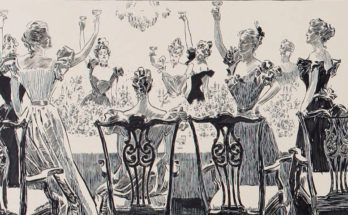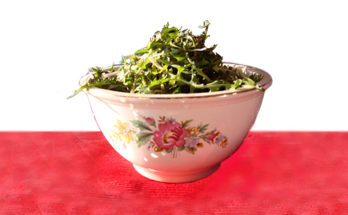The Klondike Gold Rush of the late 19th century was an awe-inspiring chapter in history, drawing thousands of hopeful prospectors to the unforgiving wilderness of the Yukon territory in search of fortune, while families back home crossed their fingers and said their prayers. While tales of gold nuggets and riches have been told, one aspect often overlooked is the crucial role of food supplies in the survival and success of these intrepid adventurers.
The Canadian government required those going to the Klondike gold fields to bring a year’s supply of food with them to avoid starvation during the long Yukon winter. Some of the recommended supplies included 400 pounds of flour, 200 pounds of bacon, and 100 pounds of beans. (1)
But for people who stayed home, there was a dessert that’s both ice-cold and fiery hot–Baked Alaska! Who needs gold when you have a golden-brown meringue crust?
(1) Klondike Gold Rush National Historic Park
Baked Alaska Dessert Recipe

The dessert Baked Alaska was so named around the time of the Klondike Gold Rush. The ingredients are:
Sponge Cake [invented 1700s – early 1800s] or other sweet base
Meringue [invented in the 1600s]
Ice Cream [invented in China 3000 BC ]
The recipe itself was earlier, probably from China, and introduced to the Parisians by the Chinese in the mid 1800s. The Paris cooks revised the recipe from a pastry casing to a meringue casing for ice cream, and that is how it was introduced to the United States. It was probably from Delmonico’s NY kitchen under Chef Charles Ranhofer that the recipe was adapted and renamed to honor the American rush to Alaska.
Directions
Place on a board a thin layer of sponge cake cut an inch larger than your brick of ice cream [any size rectangular block] Place the very-hard frozen ice cream brick on the sponge cake and cover quickly with a meringue, spreading it thickly all over the ice cream, using a pastry tube for the finish. Place in a hot oven to brown the meringue, and then transfer to a serving plate.
Or you could use a pie shell or cookie as a base. For a thorough reflection on the history and for different time-mapping please see The Big Apple article by Barry Popik. [awaiting new link as he finds a new webhost].



